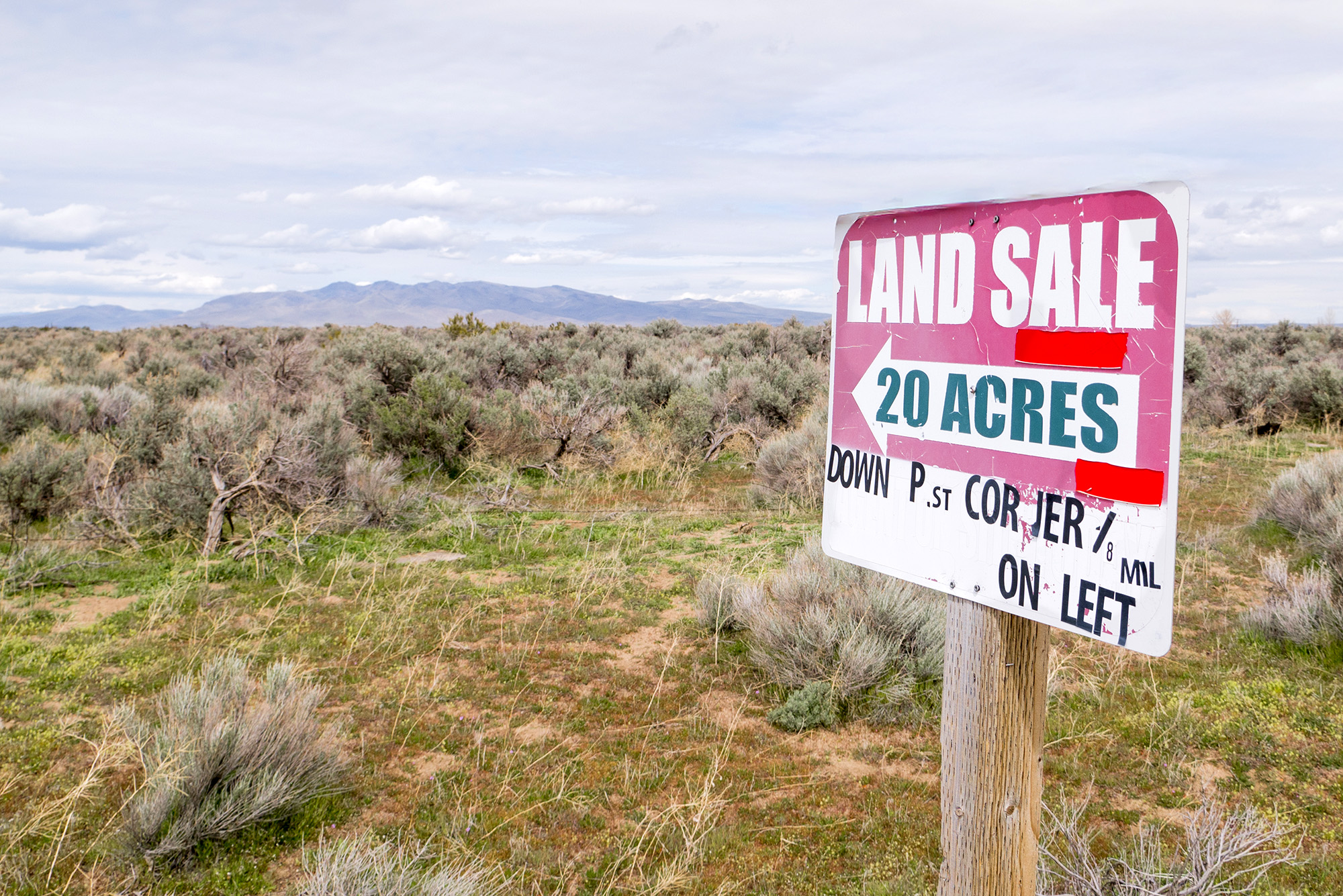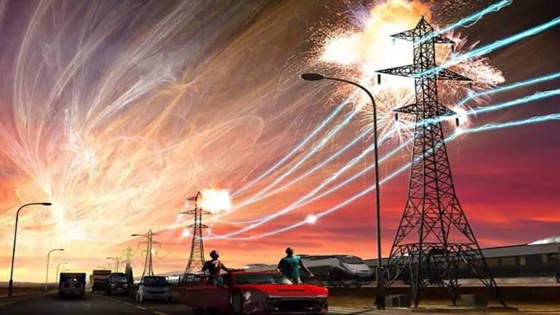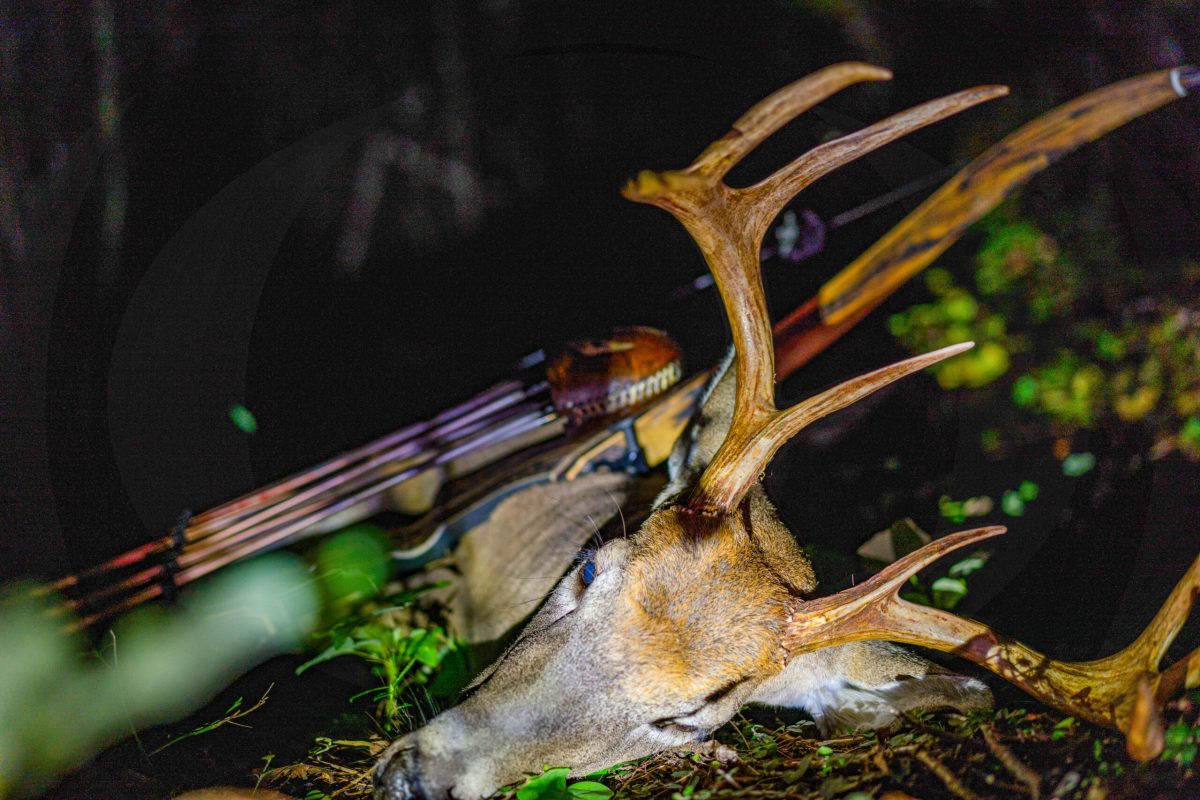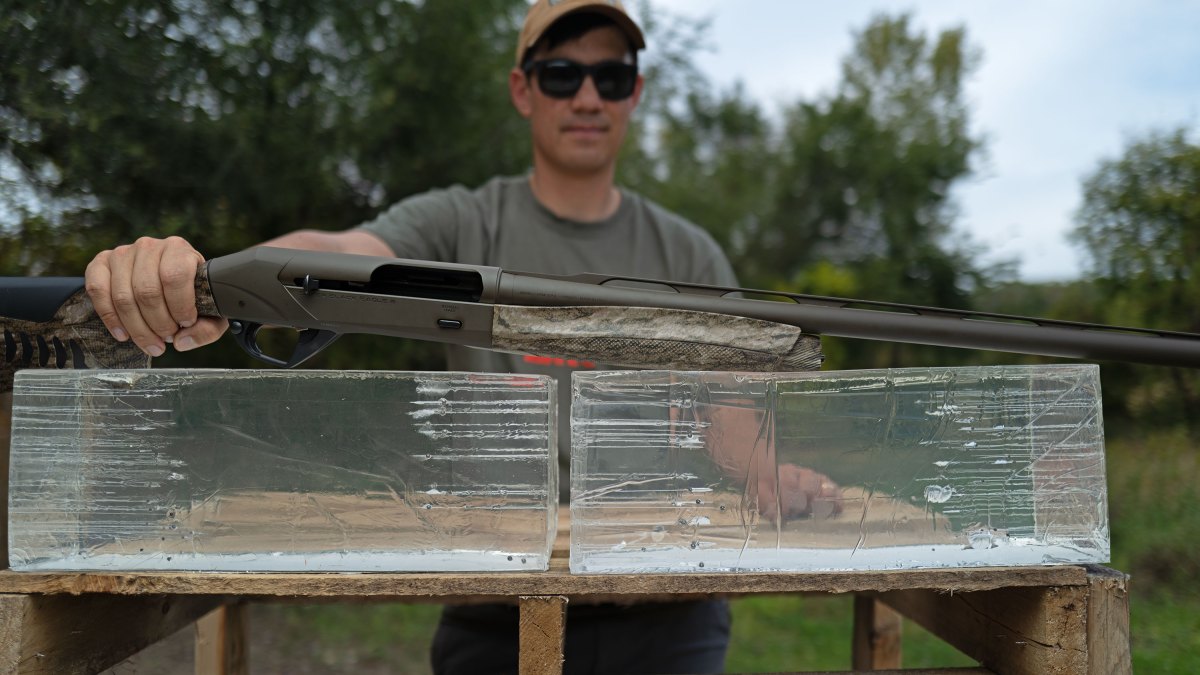A Sneaky Way Lawmakers Can Sell Your Public Land, and 3 Other Things Insiders Won’t Say on the Record

A proposal to sell millions of acres of public lands earlier this summer drew protests across the nation, and the outdoor community breathed a collective sigh of relief when Sen. Mike Lee withdrew his plan.
While most hunters and anglers agree that a sell-off amounted to the worst-case scenario — a firesale that’s almost impossible to reverse — it’s far from the only threat facing the public lands, waters, and wildlife we cherish.
But many biologists and conservation advocates are still too scared to talk about them. They worry they could lose their jobs or federal funding, or piss off their members if they speak candidly about the threats that currently scare them the most. So Outdoor Life called a handful of experts and let them talk on condition of anonymity. Here’s what they want you to know about some of the ways hunting, fishing, and outdoor recreation are at risk.
Unless Something Changes, We’ll Stop Banding Birds
President Trump’s proposed budget for next year included almost no money for the U.S. Geological Survey’s Ecosystem Mission Area, which includes the national bird banding program.
The U.S. government has paid to track waterfowl and other birds with the help of hunters and bird watchers each year for more than a century. It’s a mind-blowingly large dataset used, among many things, by state agencies to set hunting regs for ducks, geese and other migratory waterfowl.
“The Bird Banding Lab is one of a kind. There’s no replication at the state level. There’s no replication at a university. This is one single place where all of this information funnels through,” says one wildlife biologist with a prominent conservation organization.
Lose it, he added, and we lose the critical information needed to manage waterfowl seasons.
During a recent budget appropriations process, the House included some money for Ecosystem Services, and so did the Senate. But it’s not clear what will and won’t be funded next year, which means the bird banding program is still on the table.
Cuts to Disease Research Will Hurt Deer and Bird Hunters
The best way to find a solution to diseases like chronic wasting disease isn’t to let go of the biologists working on the problem, says one wildlife conservation nonprofit leader.
“We’ve lost some of the best of the best who are taking early outs or being RIF-ed,” he says, referring to a “reduction in force,” or the federal term for layoffs. “We’ve lost institutional knowledge from connections and relationships built over decades.”
What that means on the ground for hunters and anglers are fewer people tackling problems like CWD, which will continue to ravage deer populations across the country; avian influenza, which has killed untold millions of ducks, geese and other birds; white nose fungus that has devastated bats, and the list goes on.
“Without the scientists to make recommendations for solutions, we’re shooting in the dark.”
Some of the research can be tackled by state agencies, he says, but state agencies have their own budget issues and staffing crunches, and rely heavily on federal funding and federal agencies — particularly for national problems like CWD and bird flu.
Fewer Biologists Means Fewer Critters
Here’s just one example. A single fisheries biologist used to cover the National Park Service’s entire Southeast region. That person was in charge of the nation’s Wild and Scenic Rivers program, which includes famed Appalachian trout streams. They opted for early retirement in the mass wave of cuts spearheaded by DOGE and haven’t been replaced, says another biologist familiar with the area but not authorized to speak to the media.
“No one is steering the ship for the Wild and Scenic Rivers System,” the biologist says.
That means when something unforeseen like an oil spill, tornado, or landslide hits rivers like Tennessee’s Obed or Chattahoochee rivers, no fisheries experts will be around to assess damage to fish or troubleshoot cleanup. It also means fewer federal biologists are actively monitoring the streams and wetlands, tracking invasive species, or planning for the future.
Anglers likely won’t notice a change this year or even next. But in five or 10 years? Fewer trout will swim in those rivers, the biologist says.
The problem isn’t just in the Southeast, either and it expands well beyond fisheries. National Parks are understaffed across the country, and the impacts will be felt by anyone targeting fish or game that cross park boundaries.
“We’re only reacting when it gets to the level of a fire. And that’s true of rivers and fisheries, terrestrial wildlife, aquatic wildlife and birds. Everyone is strapped and suffering.”
A Sneaky Way to Sell Off Public Lands
The government uses something called Resource Management Plans to broadly dictate who gets to do what on massive chunks of land in the West. Want to drill for oil? First check the RMP. Want to drive your ATV or collect petrified wood? The RMP may dictate where you can and can’t. Concerned about too many wild horses? Reference your RMP.
Many RMPs were established decades ago and are updated every 20 or 30 years. It’s a wonky — though largely bipartisan — process. But Congress is now sitting on bills that are attempting to overturn three relatively new revisions in North Dakota, Montana, and Alaska. Instead of working with the Secretary of Interior to amend the plans, the bills would use the Congressional Review Act (CRA) to simply overturn them.
The problem is, one source says, anything overturned by the CRA can never be created again the same way. And many of those older RMPs include items like “land available for disposal,” referencing swaths of public land that may not have been as popular for hunting, fishing and recreating at the time compared to how heavily we use them today.
Read Next: Robbing the LWCF Would Hurt America’s Public Lands. Maybe That’s the Point
Senators are likely using threats of the CRA to push Interior Secretary Doug Burgum to move quickly to revise these plans, which will be tricky with fewer Interior employees to oversee the process. If the plans are overturned, one policy expert at a major wildlife nonprofit said it could be a green light for Interior to use those “lands available for disposal” for housing or other urban uses.
Even more critically: If the CRA is used to repeal these plans, it can freeze land uses in a way that doesn’t account for how we currently or could use those lands today. That includes how we manage imperiled species like sage grouse, access hard-to-reach spots using onX, or drill for oil and gas.
Read the full article here









